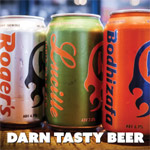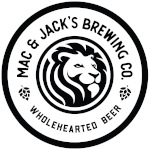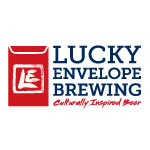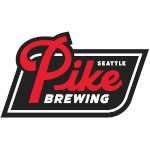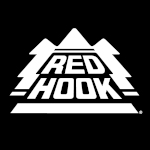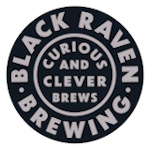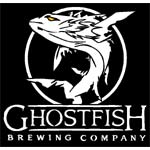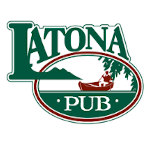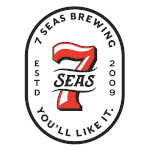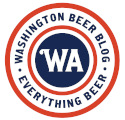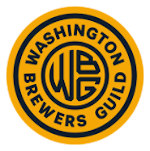Hopsteiner, one of the leading hop suppliers to the brewing industry, released its 2021 U.S. Hop Crop Report on October 24th. This is an initial report based on estimations by Hopsteiner’s field staff. Hopsteiner’s report includes things like total acres grown, production by variety, increased and decreased acreage by variety, and more. (The U.S.D.A releases its annual report in December.)
Perhaps the most interesting aspect of the report involves the ups and downs. Which hop varieties saw increased acreage? Which saw decreased acreage? Here are some highlights from the Hopsteiener Hop Crop Report. (view/download the complete PDF here.)
Talk About the Weather
Hop farmers faced some challenges this year. It started in the spring when June brought extreme, unseasonable heat. Hopsteiner’s report summed up the weather and climate conditions as “peculiar.” While the region faced unprecedented heat this summer, Yakima’s growers benefited from full reservoirs thanks to record snowfall earlier in the year. Idaho growers faced depleted reservoirs but still performed strong. Oregon growers dealt with a drier than usual growing season. Regardless of the challenges, the news seems good according to this forecast. (See the complete report for more info about how the weather impacted the crop.)
Another Record High
U.S. hop acreage strung in the Pacific Northwest hit another record high in 2021. Approximately 60,750 acres were strung this year, an increase of 4 percent over 2020. All three Pacific Northwest States (WA, ID, and OR) increased acreage.
Washington led the way in terms of U.S. hop acreage, accounting for 71 percent of the hop crop (43,380 acres). Idaho accounted for 16% (9,784 acres). Oregon accounted for 13% (7,571 acres).
The yield estimates are expected to hit 1,915 pounds per acre, up 8 percent over 2020, with a production forecast of 116 million pounds produced.
The Top Five
The top five hop varieties, those with the most acreage, accounted for 53 percent of the total U.S. acreage strung for 2021.
The top five varieties in terms of acreage:
- Citra 11,994 acres
- Mosaic 6,374 acres
- CTZ* 5,593 acres
- Cascade 4,208 acres
- Simcoe 4,151 acres
*CTZ is an acronym for three varieties of hops (Columbus, Tomahawk, and Zeus) that are produced by three different companies. The three varieties are practically indistinguishable. Some brewers refer to them as CTZ while others refer to them using the individual name.
The Ups and Downs of 2021
Notable varieties that increased by greater than 50% in strung acreage in 2021 compared to 2020:
- Cashmere (+59%) to 908 total acres)
- Mt. Rainier (+61%) 440 total acres
- Tahoma™ (+103%) 486 total acres
Notable varieties that increased by greater than 20 percent in strung acreage in 2021 compared to 2020:
- Bravo™ (+21%) to 256 total acres
- Eureka™ (+21%) 790 total acres
- Saaz (+27%) 380 total acres
- Triumph (+41%) 55 total aces
Notable varies that decreaed by greater than 20 percent in 2021 compared to 2020:
- Ahtanum™ (-27%) to 168 total acres
- Centennial(-23%) 2,258 total acres
- Ekuanot™ (-24%) 487 total acres
- Fuggle (-48%) 18 total acres
- Mt. Hood (-21%) 164 total acres
- Nugget (-31%) 611 total acres
- Summit™ (-32%) 438 total acres
- Warrior (-38%) 177 total acres
Conclusion
This is the first of multiple hop crop reports we see each year. We thank Hopsteiner for this analysis and information. We look forward to seeing the final report from the U.S.D.A. in December and will report any significant news it reveals.
(view/download the complete Hopsteiner report here.)

